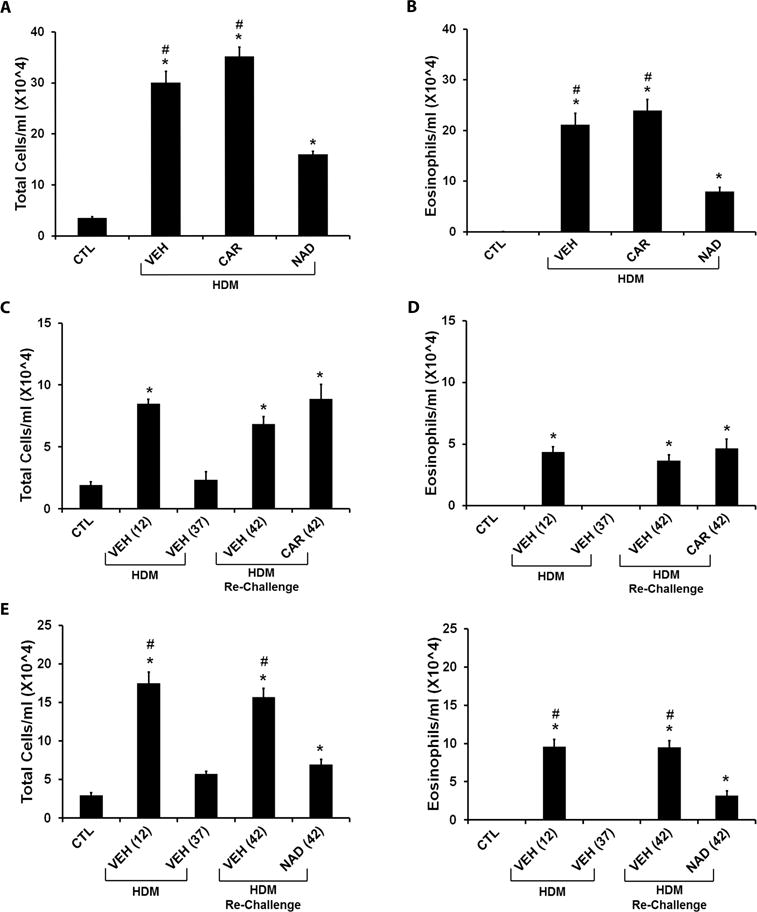Figure 2. Effect of β-blockers on inflammatory cellular infiltration in broncheo-alveolar lavage fluid (BALF) in the ‘prophylactic’ and ‘therapeutic’ HDM models.

The graphs represent total cells and eosinophil infiltration in BALF collected from Balb/c mice subjected to HDM challenge in the ‘prophylactic’ and ‘therapeutic’ models. (A and B) Effect of β-blockers in the ‘prophylactic’ model. (A) Total cell count and (B) eosinophil count in BALF from HDM challenged mice treated with vehicle, carvedilol or nadolol in comparison to saline control mice. (C and D) Effect of carvedilol in the ‘therapeutic’ model. (C) Total cell count and (D) eosinophil count in BALF of saline control mice compared with mice challenged with HDM and evaluated on days 12 and 37; and mice re-challenged with HDM with or without carvedilol and evaluated on day 42. (E and F) Effect of nadolol in the ‘therapeutic’ model. (E) Comparison of Total cell count and (F) comparison of eosinophil count in BALF of saline control mice compared with mice challenged with HDM and evaluated on days 12 and 37; and mice re-challenged with HDM with or without nadolol and evaluated on day 42. Data are mean ± SEM from 5–8 mice in each group. * represents significance at p<0.05 compared to respective saline control mice. # represents significance at p<0.05 compared to respective nadolol treated mice. The effects of CAR (C and D) and NAD (E and F) are plotted separately because the different time matched control and vehicle groups for each drug treatment resulted in different baselines.
